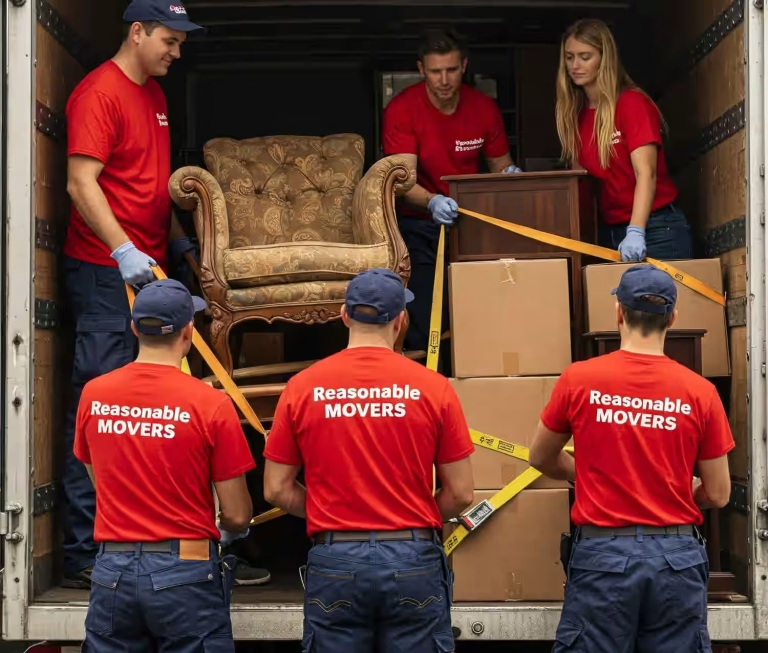
Introduction to Remote Safety Audits
Remote safety audits are transforming how organizations manage workplace safety, compliance, and risk control in today’s digital-driven world. Remote safety audits provide organizations with an efficient, cost-effective, and highly accurate method of evaluating safety systems without the limitations of geographical constraints. Remote safety audits are especially beneficial for industries operating across multiple locations, where on-site inspections can be time-consuming and expensive. Remote safety audits combine the expertise of professional auditors with advanced technologies like AI, cloud-based platforms, and video conferencing tools to deliver comprehensive safety evaluations. Remote safety audits allow businesses to identify hazards, assess compliance gaps, and develop corrective measures with greater speed and transparency. Remote safety audits also ensure that safety reviews remain uninterrupted even during travel restrictions, pandemics, or resource shortages. Remote safety audits help organizations maintain continuity while ensuring a proactive approach to workplace safety. Remote safety audits ultimately provide both large corporations and small businesses with the confidence to meet regulatory requirements and protect their workforce effectively. Remote safety audits are no longer just an alternative but a necessity in ensuring safety culture and operational efficiency.
The Rising Importance of Remote Safety Audits
The need for remote safety audits is growing because companies now demand more flexible, reliable, and scalable safety solutions. Traditional audits required physical presence, which often led to scheduling conflicts, higher costs, and longer turnaround times. Remote safety audits eliminate these barriers by providing instant accessibility, enabling organizations to conduct audits regardless of distance. Safety-Chat remote safety audits make it possible to streamline documentation, capture real-time data, and evaluate compliance without waiting weeks for a report. This speed allows businesses to address issues immediately and reduce potential risks. As industries become more regulated and globalized, the relevance of remote safety audits continues to increase.
How Safety-Chat Remote Safety Audits Work
Safety-Chat remote safety audits integrate digital platforms, live video walkthroughs, and AI-powered analysis to provide a complete assessment of safety standards. Employees at a worksite can use mobile devices or smart cameras to walk auditors through the facility while data is captured remotely. This method allows Safety-Chat experts to identify hazards, review compliance documentation, and provide feedback instantly. Remote safety audits also enable organizations to maintain a permanent record of their safety practices for future reference and regulatory checks. AI integration within remote safety audits helps identify patterns in workplace incidents, predict potential hazards, and recommend preventive strategies. This innovative approach ensures that risk management becomes continuous rather than occasional.
Benefits of Choosing Remote Safety Audits
Remote safety audits provide a wide range of advantages that make them more effective than traditional methods. Cost efficiency is one of the key benefits, as organizations no longer need to pay for travel and accommodation for auditors. Time savings are equally important because remote safety audits deliver faster results that enable businesses to act without delay. Accessibility is improved since remote safety audits can be conducted in hard-to-reach areas where traditional inspections are impractical. Flexibility is another major advantage, as organizations can schedule audits at times that cause minimal disruption to operations. In addition, remote safety audits encourage greater employee involvement, as staff can directly interact with auditors through digital tools. These benefits show why remote safety audits are rapidly becoming the preferred choice for modern organizations.
Industry Applications of Remote Safety Audits
The versatility of remote safety audits makes them suitable for a wide variety of industries. In manufacturing, remote safety audits help assess machinery safety, chemical handling, and worker training. In construction, remote safety audits allow experts to monitor multiple job sites simultaneously, ensuring compliance with safety regulations. In healthcare, remote safety audits focus on patient safety, infection control, and facility standards. In energy and utilities, remote safety audits ensure compliance with strict safety protocols while reducing downtime caused by in-person inspections. Even in corporate environments, remote safety audits help assess office ergonomics, emergency preparedness, and regulatory compliance. The adaptability of remote safety audits demonstrates their value across multiple sectors.
Building a Culture of Safety with Remote Audits
Remote safety audits are not just about compliance—they are about building a sustainable culture of safety within organizations. By integrating remote safety audits into daily operations, businesses can foster continuous safety awareness among employees. Remote safety audits create transparency because every employee can access findings, recommendations, and progress reports digitally. This openness builds trust and accountability at all organizational levels. Furthermore, remote safety audits encourage employees to take responsibility for workplace safety, knowing that audits can occur anytime and issues are addressed quickly. Over time, organizations evolve into proactive environments where risk control is part of the culture rather than just a regulatory obligation.
Future of Remote Safety Audits with AI Insights
The future of remote safety audits lies in advanced AI-driven capabilities that make assessments more predictive and adaptive. AI tools used in remote safety audits will be able to analyze incident data, identify patterns, and suggest preventive strategies before issues occur. Predictive analytics will enable organizations to anticipate risks rather than simply react to them. The integration of IoT devices will enhance remote safety audits by providing real-time monitoring of equipment, air quality, and workplace conditions. This future-driven approach ensures that remote safety audits become smarter, faster, and more reliable with every technological advancement.
Conclusion: Streamlining Risk Control with Safety-Chat Remote Safety Audits
Remote safety audits have become a game-changing solution for organizations determined to streamline risk control and maintain compliance in an ever-evolving business environment. Safety-Chat remote safety audits combine expert consultancy with advanced digital tools, ensuring that companies can achieve safety excellence regardless of distance or complexity. The efficiency, flexibility, and predictive power of remote safety audits make them essential for organizations across every sector. By adopting remote safety audits, companies not only comply with regulations but also build safer workplaces that protect employees and enhance productivity. The future of safety management lies in remote safety audits that are intelligent, accessible, and continuously evolving.



